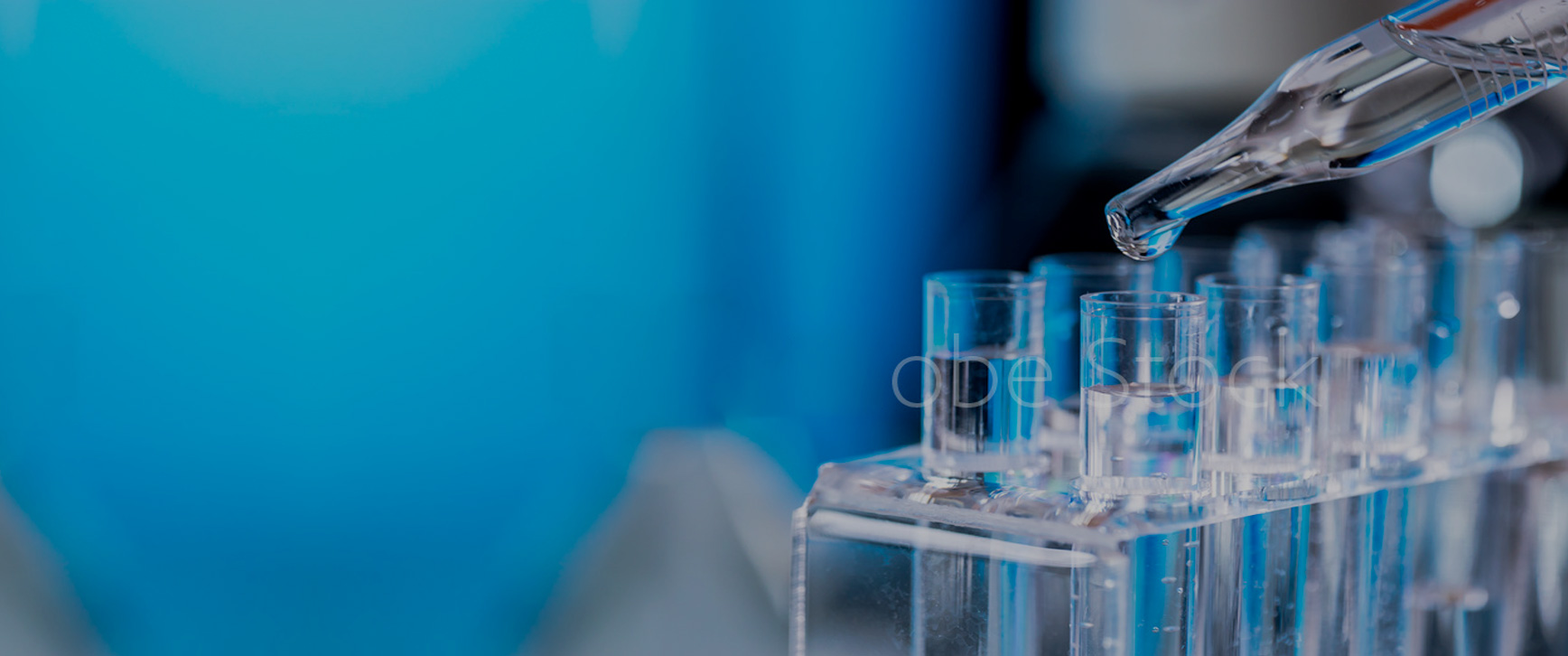Use GCC-IRMS to Reduce Your Stable Isotope Costs
Most stable isotope tracer studies utilize a gas chromatograph mass spectrometer (GC/MS) for quantitation of isotope enrichment. Common experiments in the literature use stable isotope enrichment levels from 1 to 20%. These high enrichment levels are required due to the imprecision and inability of the GC/MS to perform stable isotope analysis of samples with enrichment levels below 1%. This necessitates larger isotope doses and increases study costs. The stable isotope tracer has significant mass and must be included in turnover equations. Also, the high tracer levels may affect enzyme pathways being studied.
The key to reducing stable isotope costs and improving study results is to utilize a relatively new instrument called a gas chromatograph isotope ratio mass spectrometer (GCC-IRMS).
How GCC-IRMS Lowers Stable Isotope Analysis Costs
In the 1970s, Matthews and Hayes (1) described the successful coupling of a gas chromatograph with a gas isotope ratio mass spectrometer. Subsequent commercial developments over the years have utilized a microcombustion oxidizer between the GC and the IRMS. The combustion process converts GC peaks into CO2, N2, or H2 gas for detection of 13C, 15N, and 2H isotopes. These low molecular weight gases are introduced into the IRMS resulting in very high precision measurements of isotope ratios at very low isotope enrichment. Isotope ratio precisions of GCC-IRMS instruments are about 1% even at isotope enrichment levels of 0.01 to 0.001%.
The GCC-IRMS achieves detection levels 100 times lower than the GC/MS. Thus, as much as 90% less stable isotope tracer needs to be administered, saving substantial costs.
How GCC-IRMS Improves Your Stable Isotope Experiments
By administering lower levels of isotope and using a GCC-IRMS as the detection instrument, we can improve the outcome of stable isotope experiments. For example, 13C-palmitate is often infused to measure free fatty acid flux in humans. As described by Wolfe (2), 13C-palmitic acid needs to be converted to its potassium salt and then bound to human albumin. Since the eventual isotope tracer is administered intravenously, the preparation process must be done under sterile conditions. This complex preparation often causes consternation for researchers. However, when you detect 13C-palmitate by stable isotope analysis with GCC-IRMS, you can utilize much lower quantities of isotope tracer.
Guo et al. (3) describe a very simple method of binding small amounts of 13C-palmitate to human albumin without conversion to its potassium salt. Much lower quantities of human albumin are required, a significant cost saving alone. In a typical palmitate flux study measured by GC/MS, 13C-palmitate is infused at 5 nmol/kg/min. When GCC-IRMS detection is utilized, the 13C-palmitate infusion rate is 0.5 nmol/kg/min. Importantly, the improved precision over GC/MS instruments, allows detection of smaller differences between treatments. Smaller quantities of infused 13C-palmitate are closer to a “mass-less” tracer. You don’t need to account for the quantity of tracer in your calculation of flux! Guo et al (3) showed that GCC-IRMS detection had very similar results to a radioactive palmitate tracer co-administered in their studies.
How You Can Take Advantage of GCC-IRMS Technology
Metabolic Solutions, Inc. (MSI) makes it low cost for researchers to utilize this cutting-edge stable isotope analysis technology. Recently, MSI added a Thermo Finnigan Delta V GCC-IRMS instrument with capabilities to detect 13C, 15N, and 2H labeled compounds. The ability to detect deuterium labeled compounds is unique – only a handful of instruments in the world have this capability.
References
- Matthews, D.E. and Hayes J.M., Anal. Chem. 50:1465-73, 1978.
- Wolfe, R.R., Radioactive and Stable Isotope Tracers in Biomedicine: Principles and Practice of Kinetic Analysis. 1992. Wiley-Liss, Inc. New York.
- Guo, Z.K., Nielsen, S., Burguera, B., and Jensen, M.D., J. Lipid Res. 38:1888-95, 1997.


